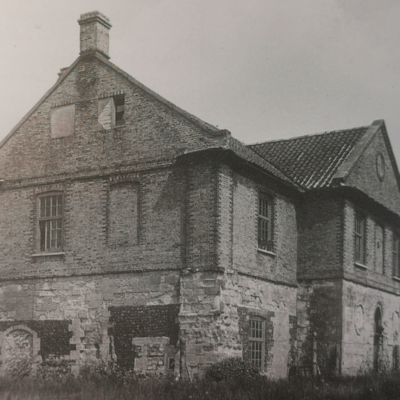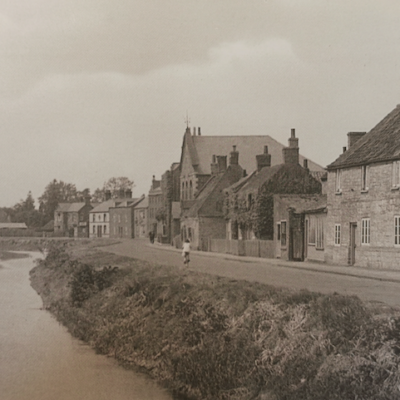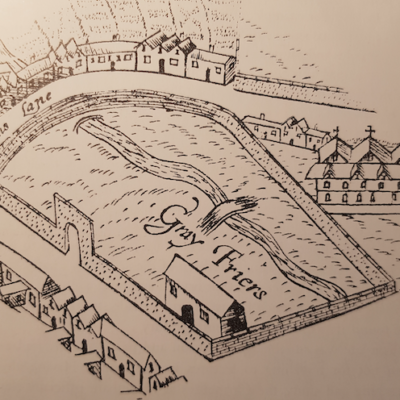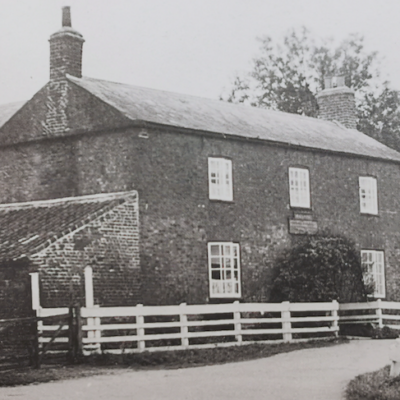Search by topic
- archaeology
- Building of Local Interest
- chapel
- charity
- church
- crime
- dressmaker
- fire
- Great Eastern Railway
- Listed building
- Mapping Relief
- medieval
- oral history
- poverty
- Public House
- Religious House
- Roman
- scholar
- school
- Then and Now
- tudor
- women
- work
- world war one
- world war two
Search by text
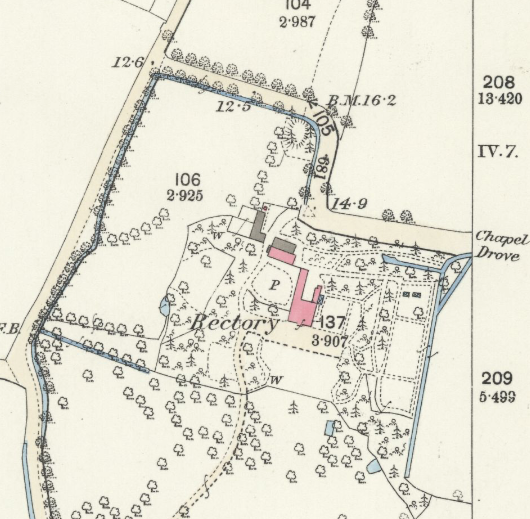 Newton OS 1886
Newton OS 1886College of St Mary, Newton
History of College of St Mary
Traditionally the chapel marked the site of a lost village ‘in a place called Saltmarsh’ which had been abandoned due to flooding. The new village seems to have been formed in the 13th century. In 1400 St John Colville rebuilt the ancient chapel and got permission to build houses for one or more priests and up to 12 poor almsmen.
Religious Houses of Cambridgeshire (CCC) quotes a source: ‘ in a place called Saltmarsh, had been founded of old, a parish church which through storms of the sea and flooding tides, had been devastated and abandoned and transferred to a place more remote from the sea, and there was left in the said place an ancient chapel … and bodies anciently buried there, in which chapel wonders and shining lights had appeared of old and still appeared at night.’
By the 15th the house had become a popular place of pilgraimage. the foundation was excluded from the suppression Act of 1547 but still seems to have gone out of use.
The house on the site now dates from the 18th century. The sea dyke which run across the site is of Roman and Medieval date and is one of the earliest surviving sea defences.
Contribute
Do you have any information about the people or places in this article? If so, then please let us know using the Contact page or by emailing capturingcambridge@
License
This work is licensed under CC BY-NC-SA 4.0





